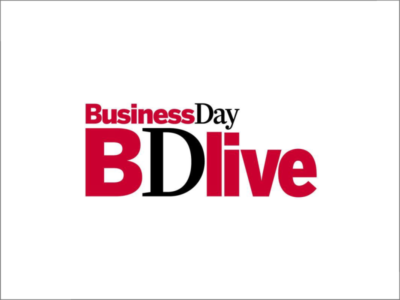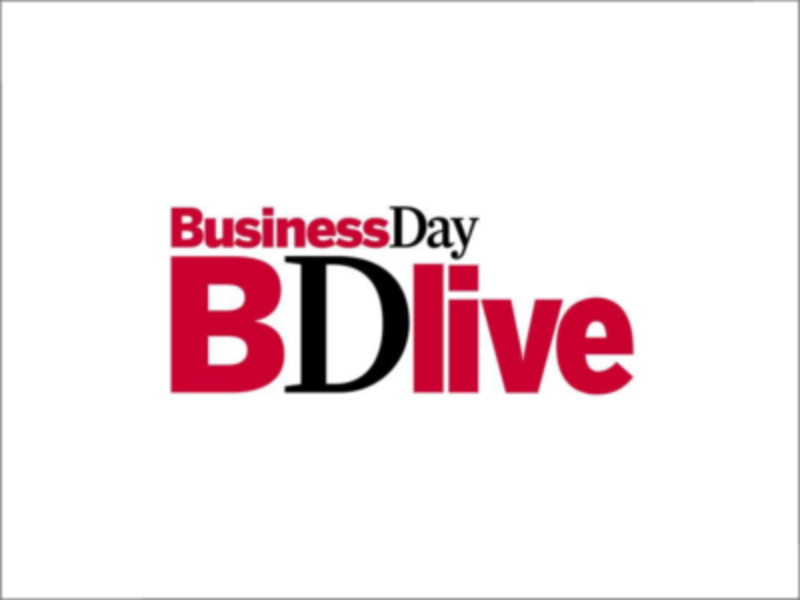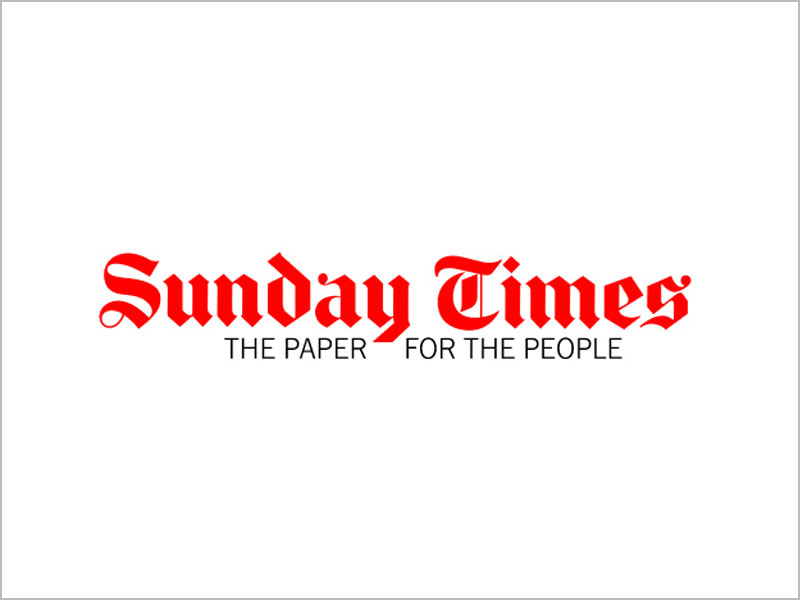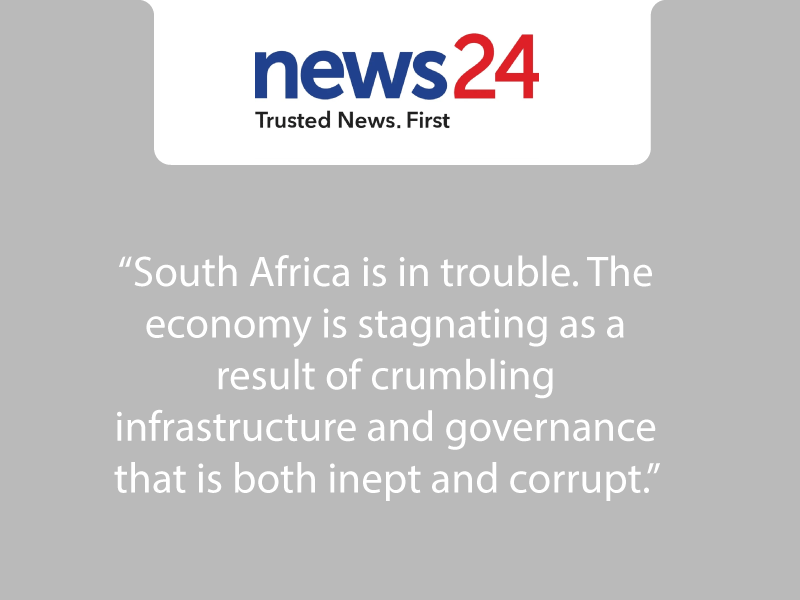
It’s 4pm in a rural district in Limpopo. Most schools in the area have long been abandoned by learners and teachers. In one school, learners in neat uniforms are still in their classroom, reviewing a maths lesson from earlier that day. The head boy tells researchers that his mother pays for his education. For that reason, the principal really owns the school, and ensures that he provides parents with value for their money.
At 6pm, teachers are found in another school, setting a maths test for the next day. They aren’t properly qualified, but tell researchers they are determined to master the maths syllabus.
What sets these two schools apart from many others? Why are the learners and teachers so motivated? These are low-fee private schools, a sector that is burgeoning in urban and rural areas, and playing an increasingly important role in South African education.
Private schooling for the poor is a global growth industry, filling the gap left by struggling state systems in developing societies. In India, for example, the majority of learners in urban areas now attend private schools.
Low-fee private schools have also gained a foothold in SA. How big is this sector? How fast is it growing? Can it provide meaningful numbers of learners in poorer communities with a good education? Should the state do more to encourage its growth?
These are among the issues addressed in a study conducted by the Centre for Development and Enterprise over the past two years. Other research has been done in the past, but based on phone surveys and national census data. But the centre “got its boots dirty” in seven urban, peri-urban and rural areas in four provinces: Braamfontein and Daveyton in Gauteng; Giyani and Malamulele in Limpopo; Butterworth and Cofimvaba/Tsomo in the Eastern Cape, and Bushbuckridge in Mpumalanga.
We identified all the public and private schools in our selected areas, then visited the private schools and interviewed principals and teachers who agreed to participate. We tested grade 6 learners and compared their performance to equivalent learners in public schools in the same areas. We interviewed the parents of children attending private schools in three of the survey areas.
Our research turned into a journey of discovery. We found 117 private schools in abandoned factories, shopping centres, shacks, and high-rise buildings. We found a chain of private primary schools operating in the Johannesburg city centre, Soweto and Diepsloot, accommodating thousands of learners. The founders are planning to open a chain of high schools.
While varying in quality, these schools were valued by parents; accountable to those parents; staffed by dedicated teachers who often work for low salaries; and run by principals and owners determined to provide the quality of schooling sought by local people.
The low-fee private schooling sector is also far larger than is generally believed. While public schools remained in the majority, low- fee private schools comprised more than 30% of our sample — the Department of Education’s 2008 national estimate was 4,3%.
In some inner city areas, private schools outnumbered public schools. Even more surprising was the even split between state and private schools in the rural town of Butterworth, and private schools in remote areas in Limpopo and the Eastern Cape.
In the period 1994 to 2009, more private schools were established in these areas than public schools. If this trend continues, the low-fee private schooling sector will continue to grow very rapidly.
Classes in public schools were bigger than those in private schools, and the learner- teacher ratio was far higher. Private schools had fewer facilities than public schools — as in other countries, they concentrate on the essentials of teaching to provide the pass rates they need to attract more learners.
Teacher salaries in private schools were lower than those in public schools, with state teachers tending to be better qualified. But l evels of teacher absenteeism were lower in private schools than in public schools.
On average, the private schools recorded in our survey charged R680 a month over 10 months, against R104 by fee-paying public schools. In some areas, however, the average fees of private schools were much lower. In Tsomo/Cofimvaba it was R232 a month.
Fees charged by private schools were higher than in other developing societies. As a result, these schools are not used by very poor people, but by working parents (police, civil servants, and — revealingly — teachers in public schools) who have chosen them as the next best option to the more expensive former Model C schools.
The results of our performance tests suggest private schools are no worse than public schools, and significantly better in areas.
We interviewed parents in Malamulele, Daveyton and Butterworth. Reasons for sending their children to private schools included: they achieved better results than public schools; paying fees makes private schools more accountable; teachers are dedicated, taking an interest in learners; and English is the medium of instruction. By contrast, they regarded teachers in public schools as poorly trained and unmotivated.
Private schools are required to register with the department of education in the province in which they are situated. Conditions for registration vary among provinces, and are often long, onerous and arbitrary. Frequently, they are administrated by officials who do not understand private schools, or are hostile to them. As a result, school owners spend large amounts of time either trying to comply with regulations, or dodging identification. A school in Limpopo displayed an indicative, neatly printed sign: “This school accepts and appreciates developmental visits, but rejects and abhors judgmental and witch-hunting visits.”
Our findings raise important questions for current education debates. Should free schooling be a policy priority? Parents we interviewed argued that paying for schooling made principals and teachers more accountable. Does competition between local schools — public and private — improve the quality of the schooling being offered? If there are real consequences for public schools whose parents choose to send their children to a private school, will this spur improved performance in public schools? What really leads to better teacher performance? Should we focus more attention on sanctions for teacher absenteeism and bad performance?
Our study was not a national survey. It does not provide the last word on how many low-fee private schools there are in the country, the quality of education provided, or how they compare with public schools. However, it does indicate that in the regions we studied private schools are enhancing educational options for members of poorer communities — and that this sector is growing rapidly.
Public schooling is not the only viable or preferable option for educating poorer people. Low-fee private schools should be seen as a vital part of our education environment. We need to reassess our regulatory regime to encourage the development of both state and private schools. We should use the potential of vibrant competition as a tool for improving quality education, ensuring that schools become more accountable to the communities they are meant to serve.
- Ann Bernstein is the executive director of the Centre for Development and Enterprise. This article is based on the following report, Hidden Assets: South Africa’s low-fee private schools




